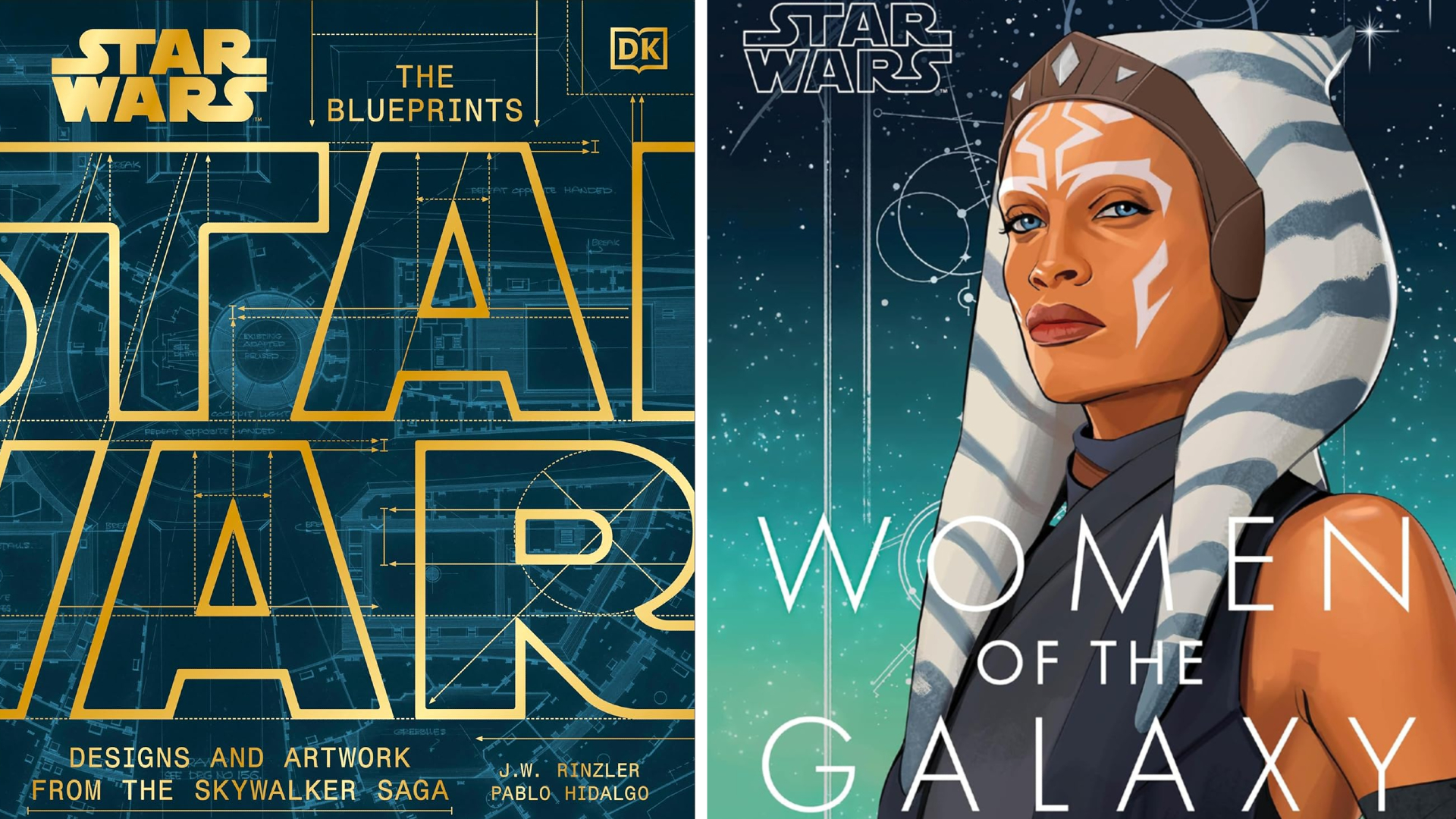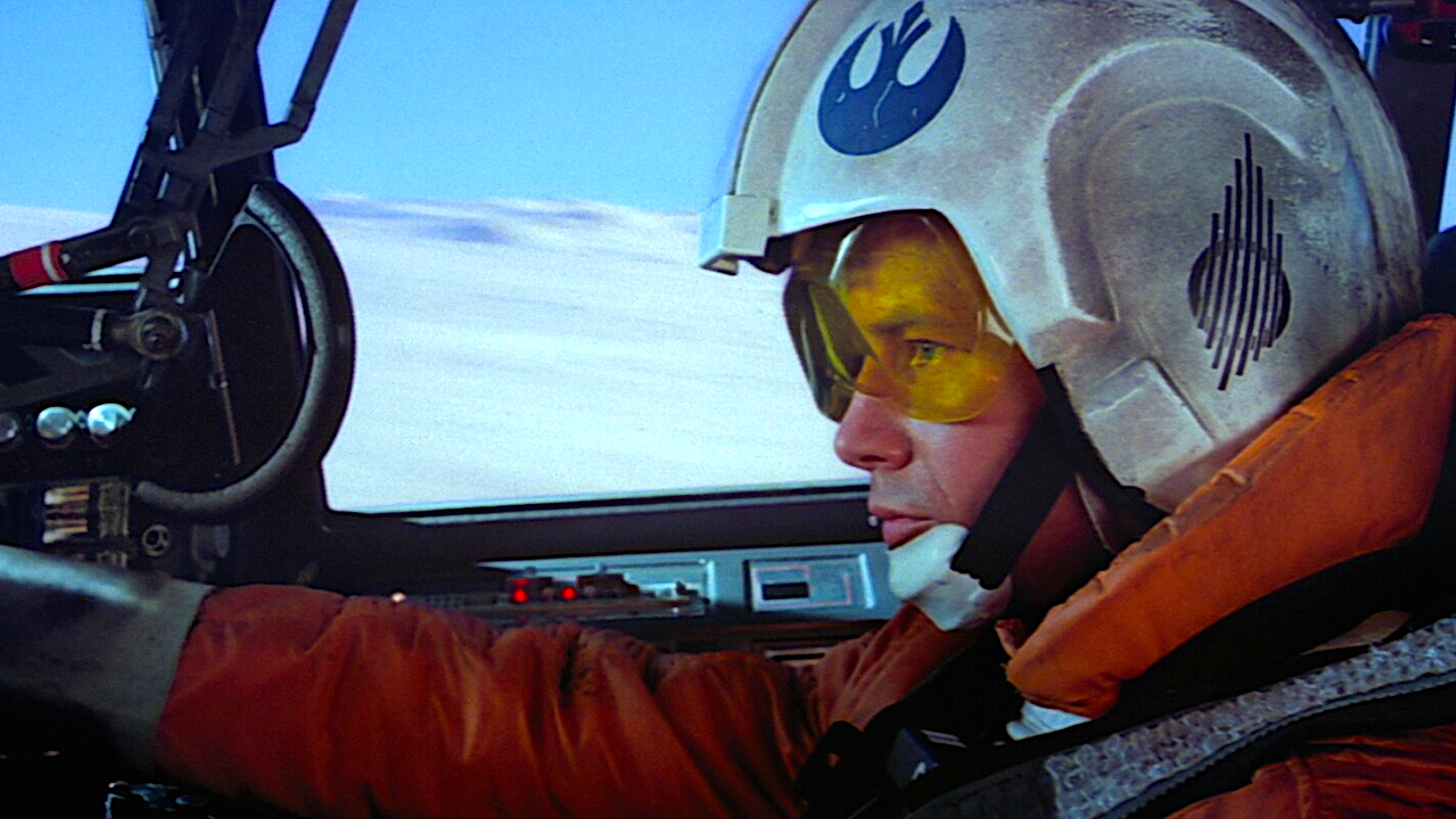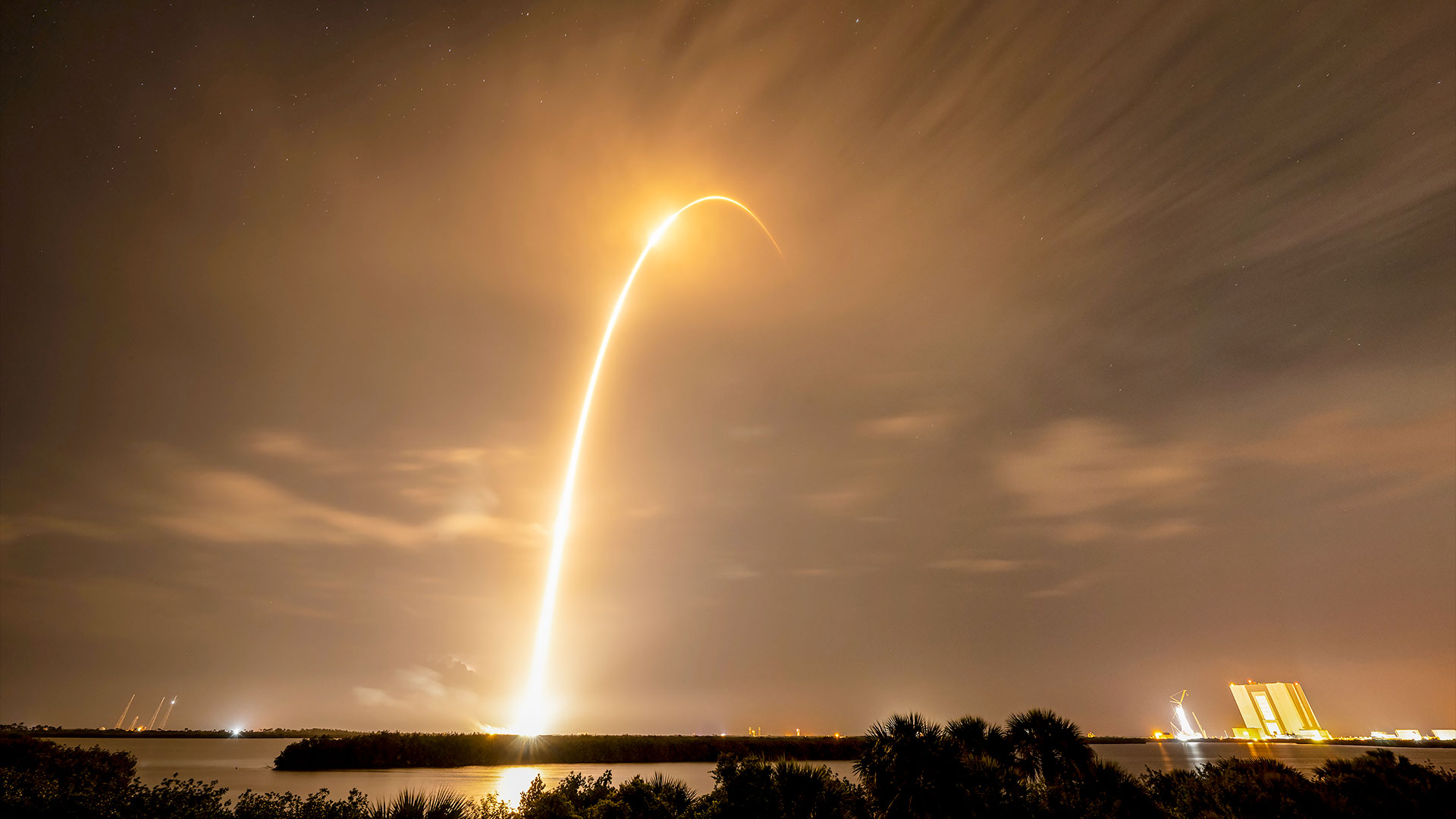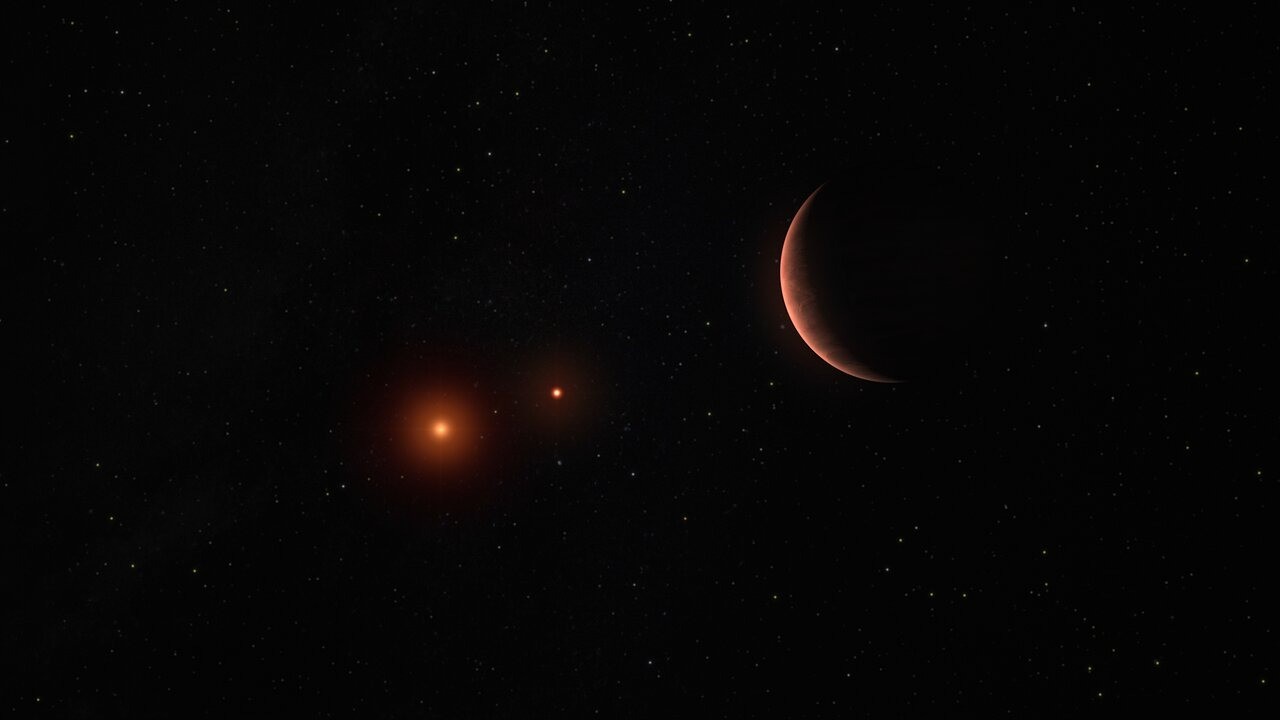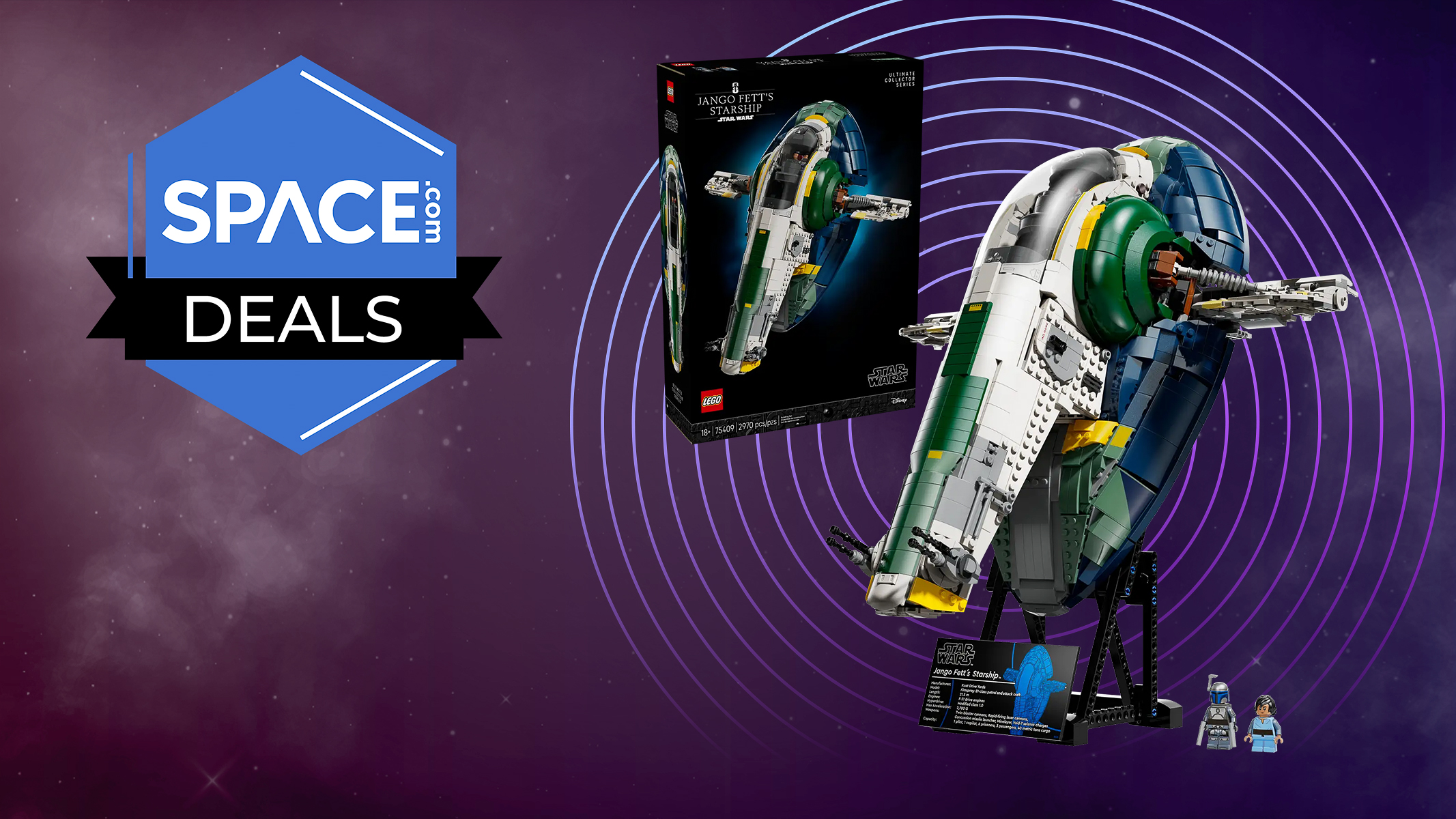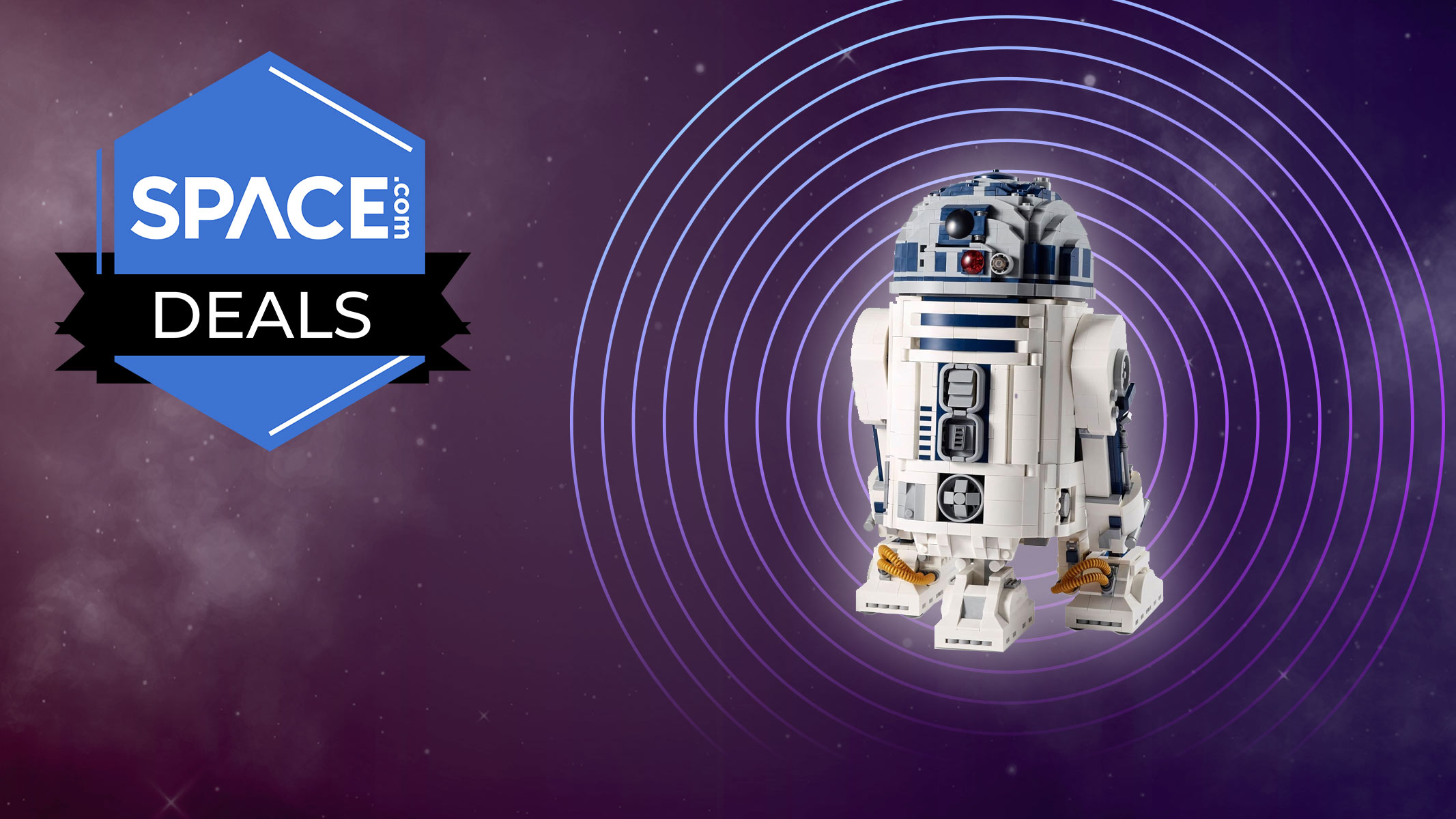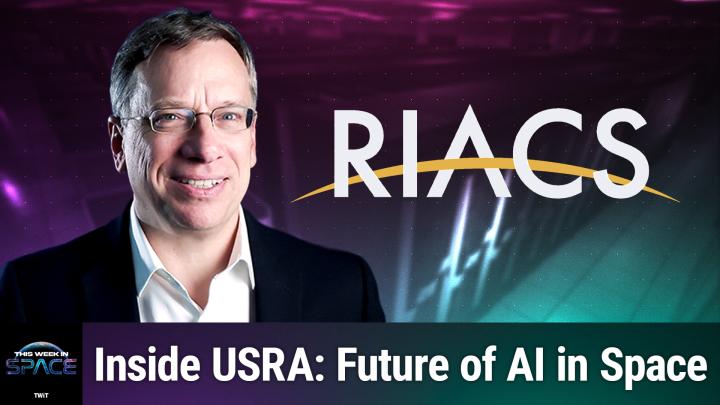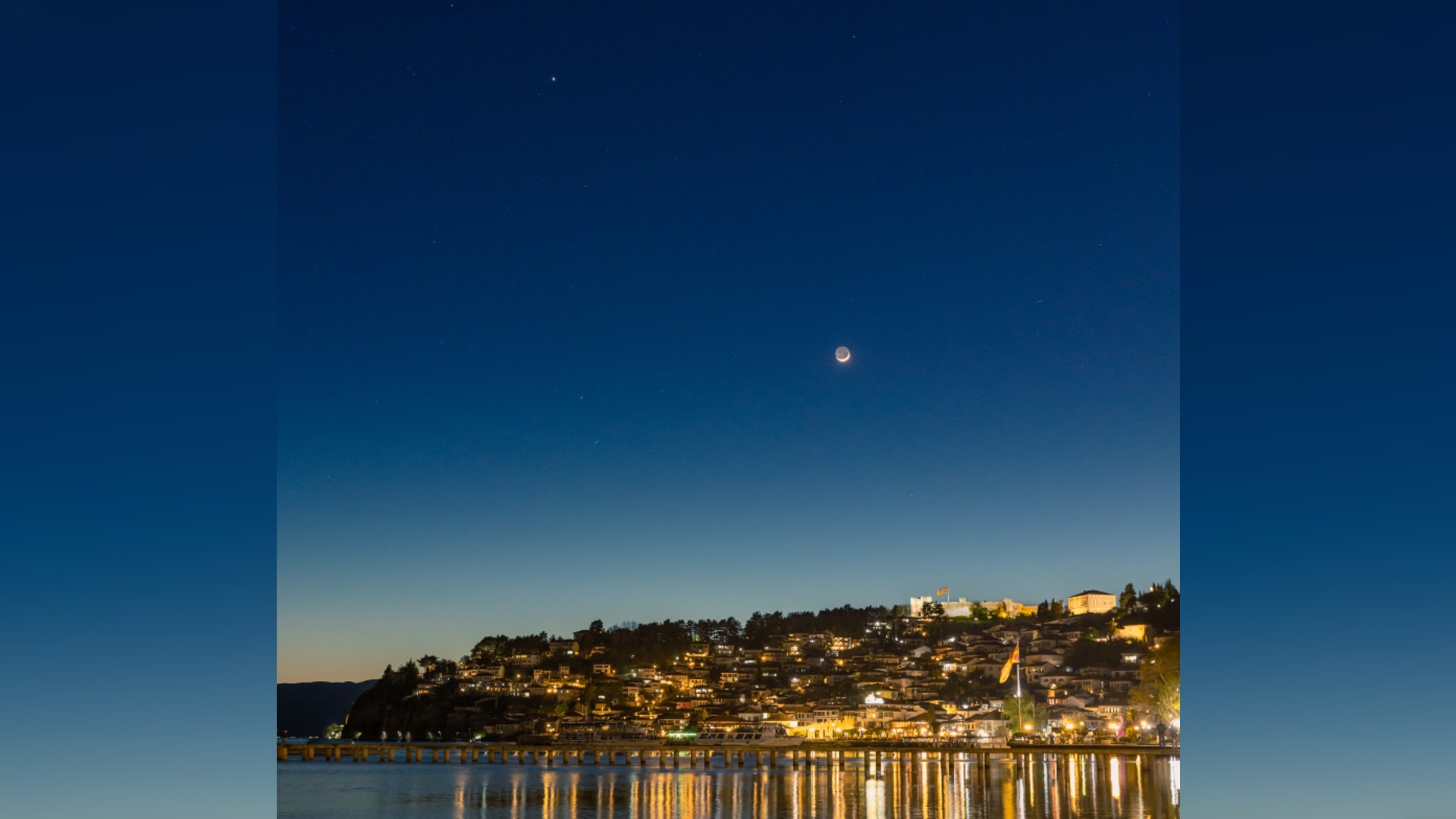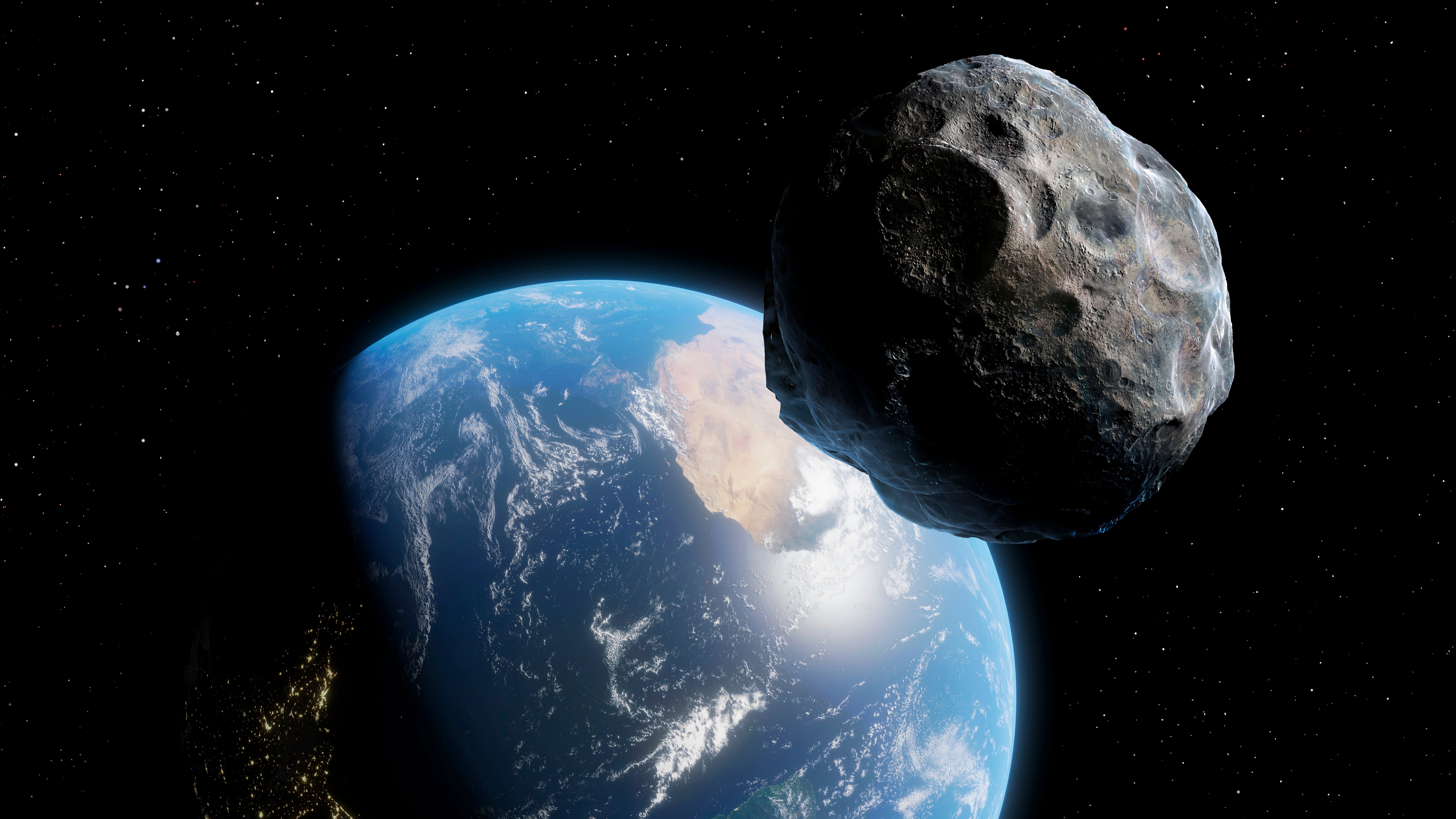NASA's Ambitious New Space Telescope Passes Critical Test
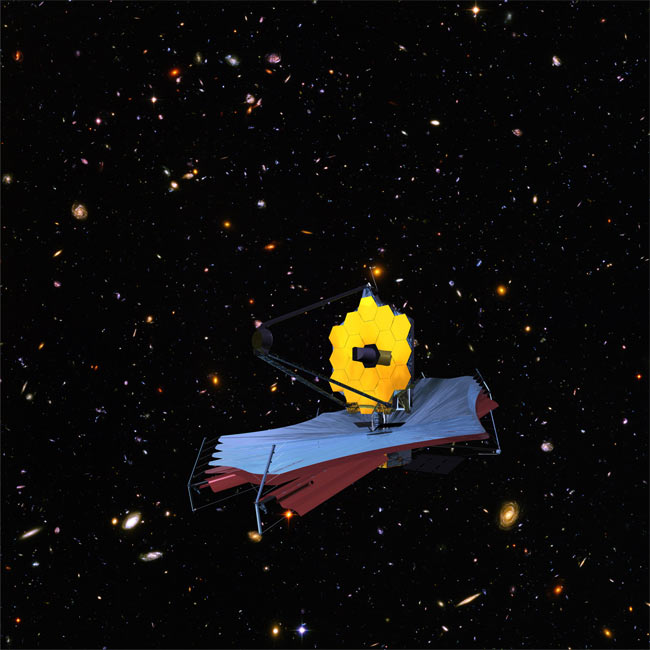
NASA's hotly-anticipated new space observatory has passedits most significant mission milestone yet ? a critical design review that setsthe stage for a planned 2014 launch.
This means that the JamesWebb Space Telescope (JWST) a huge infrared telescope designed to peerfarther back into the universe's history than ever before, has met all scienceand engineering requirements for its upcoming mission, NASA scientists said.
?"I'm delighted by this news and proud of the Webbprogram's great technical achievements," said Eric Smith, the new telescope'sprogram scientist at NASA Headquarters in Washington, D.C. "Theindependent team conducting the review confirmed [that] the designs, hardwareand test plans for Webb will deliver the fantastic capabilities alwaysenvisioned for NASA's next major space observatory."
Meet the James Webb Space Telescope
The James Webb Space Telescope, pegged as the successor tothe 20-year-old HubbleSpace Telescope, is a next-generation space observatory for exploring deepspace phenomena from distant galaxies to nearby planets and stars.
The new observatory is named after the late former NASAadministrator James Webb, who led the space agency from 1961 to 1968. The telescope's entire mission,which has cost about $ 1 billion more than expected and taken a few years longer than planned, is estimated to costabout $5 billion.
But scientists have said the delays and overruns pale incomparison to the secrets of the universe the James Webb Space Telescope isexpected to unlock.
Get the Space.com Newsletter
Breaking space news, the latest updates on rocket launches, skywatching events and more!
The telescope is dedicated to studying the universe ininfrared, rather than the optical light wavelengths dominated by Hubble. Thatmeans that while Webb telescope won't take the traditional photos Hubble hasmade popular, it will be able to observe older light and see deeper into theuniverse.
The telescopeis designed to provide important clues about the formation of the universe andthe evolution of our own solar system, from the first light after the Big Bangto the formation of star systems capable of supporting life on planets likeEarth.
The review brought together multiple modeling and analysistools. Because the observatory is too large for validation by actual testing,complex models are created to show how it will behave during launch and in thespace environments in which it will be integrated.
These models are then evaluated against prior test andreview results of the observatory's components.
More milestones ahead
The Mission Critical Design Review (MCDR) encompassed all previousdesign reviews, including the Integrated Science Instrument Module reviewin March 2009, the Optical Telescope Element review completed in October 2009,and the sun shield review completed in January 2010.
Next, the project schedule will undergo a review within thenext few months. Final approval for the spacecraft design, which passed apreliminary review in 2009, is slated for next year.
"This program landmark is the capstone of seven yearsof intense, focused effort on the part of NASA, Northrop Grumman and ourprogram team members," said David DiCarlo, sector vice president andgeneral manager of Northrop Grumman Space Systems, located in Redondo Beach,Calif. "We have always had high confidence that our observatory designwould meet the goals of this pioneering space mission."
While the MCDR approved the telescope design and gave theofficial go-ahead for manufacturing, hardware development on the mirrorsegments has been in progress for several years.
This month, ITT Corp. in Rochester, N.Y., demonstratedrobotic mirror installation equipment designed to position segments on thebackplane. The segments' position will be fine-tuned to tolerances of afraction of the width of a human hair.
Additionally, the telescope'ssun shield moved into its fabrication and testing phase earlier this year.
The three major elements of Webb ? the Integrated ScienceInstrument Module, Optical Telescope Element and the spacecraft itself ? willproceed through hardware production, assembly and testing prior to delivery forobservatory integration and testing that is currently scheduled to begin in2012.
The JWST is a joint project of NASA, the European SpaceAgency and the Canadian Space Agency. The mission is managed by NASA's GoddardSpace Flight Center in Greenbelt, Md.
- The 10 MostAmazing Hubble Discoveries
- Images- 20 Years of the Hubble Space Telescope
- Bigger,Better Space Telescopes Following In Hubble's Footsteps
Join our Space Forums to keep talking space on the latest missions, night sky and more! And if you have a news tip, correction or comment, let us know at: community@space.com.

Space.com is the premier source of space exploration, innovation and astronomy news, chronicling (and celebrating) humanity's ongoing expansion across the final frontier. Originally founded in 1999, Space.com is, and always has been, the passion of writers and editors who are space fans and also trained journalists. Our current news team consists of Editor-in-Chief Tariq Malik; Editor Hanneke Weitering, Senior Space Writer Mike Wall; Senior Writer Meghan Bartels; Senior Writer Chelsea Gohd, Senior Writer Tereza Pultarova and Staff Writer Alexander Cox, focusing on e-commerce. Senior Producer Steve Spaleta oversees our space videos, with Diana Whitcroft as our Social Media Editor.
